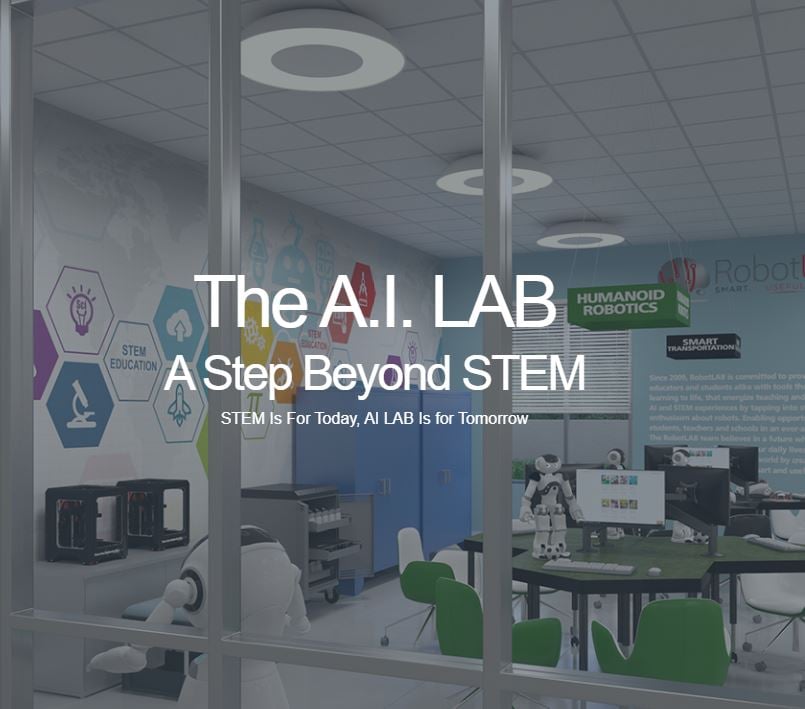
Educators can have a challenging time adapting their teaching style to match every student, especially when there are students with learning disabilities in their classroom. A learning disability presents a unique obstacle to traditional teaching methods. It can be difficult in a contemporary classroom for teachers to give students the attention and instruction they really need. Now, they might be able to receive that instruction through the use of artificial intelligence.
Artificial intelligence is rapidly growing more useful by the day. Researchers are developing cognitive systems that can help to support those with disabilities in the unique ways that suit them. These AI programs may be able to present material in a fresh way that can help students to better understand independent of teacher instruction.
Technology can present material in understandable terms.
Students with learning disabilities often have a difficult time reading more advanced texts. They may not be able to follow complex sentence structures, or they could struggle with popular idioms found in the text itself. Scientists and researchers are molding artificial intelligence that can make these harder texts into more understandable resources. They might create a simpler sentence or replace popular quips with plainer alternatives. It should be a great way for students with learning disabilities to better relate to and engage with the material.
Artificial intelligence helps educators identify learning disabilities.
The first step in learning to work with these disabilities is identifying their presence in a student. Not all of the current testing methods are highly effective at pinpointing learning disabilities like dyslexia or dyscalculia. New artificial intelligence systems are being developed to help teachers administer more effective testing that could uncover some of these often-hidden conditions. Once they can be properly identified, educators can tap into the resources available for a learning disability.
Students can use AI to give reliable feedback.
One of the most prominent issues with teaching students who have a learning disability is the inability to provide consistent feedback. In a large classroom setting, it can be a challenge to slow down to help a handful of students. With artificial intelligence rapidly developing, students can receive more reliable feedback directly related to their own performance. The system won’t move on until students demonstrate mastery of the concept, and it allows them to work through the material at their own pace if necessary.
Educators can have more data.
The numbers rarely lie when it comes to determining classroom success. With the advent of artificial intelligence, educators have more access than ever before to a variety of data that can assist them in identifying classroom weaknesses. This data may reveal areas where teaching isn’t effective or subjects where the majority of students are struggling. It also gives educators a better glimpse at how students with learning disabilities are truly doing in comparison to their peers.
Artificial intelligence is consistently opening new doors for educators and their students, even those with learning disabilities. The promise of more personalized education with the use of artificial intelligence is appealing. Academics may become much simpler for students with learning disabilities who have historically struggled to grasp the material and keep up with their peers in an academic setting.
Learn more about AI with RobotLAB!



